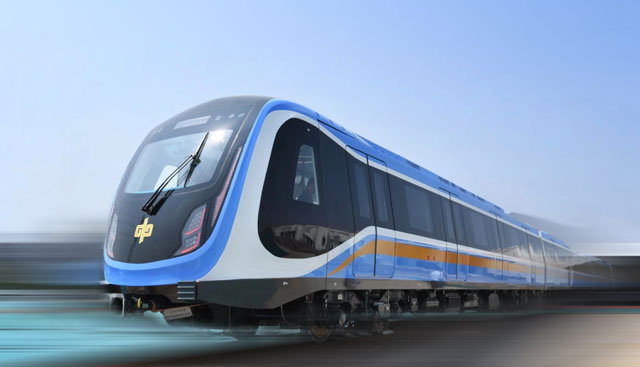New Metro Rail to benefit Tricity Real Estate for 7 reasons

Chandigarh, known for its meticulous planning and architectural marvels, is poised for a significant upgrade with the introduction of the Chandigarh Tricity Metro Rail project. This ambitious initiative aims to connect Chandigarh with its neighbouring cities, Panchkula and Mohali, revolutionizing public transportation and offering a sustainable solution to urban commuting challenges.
The inauguration of a new metro rail would be an event of transformation for any city. From the immediate improvements in transport and connectivity to the knock-on effects in other sectors, especially real estate, there is so much more to learn. Let us see how the introduction of a metro rail impacts the real estate market in a city.
1. Increased Property Values
Probably the most important impact a new metro rail system can make is increasing property values. Properties lying close to metro stations appreciate tremendously in value. The enhanced accessibility and convenience raise the demand for these locations for residential and commercial purposes alike. Prospective homebuyers and investors are usually ready to pay a premium for the reduced commute time and easy access to the rest of the city.
2. Boost to Commercial Real Estate
Metro rail systems spur growth in commercial real estate. Businesses, retail shops, and offices all favour locations with excellent footfall and accessibility. Metro stations serve as hubs and attract considerable pedestrian traffic. Locations around metro stations hence become an instant attraction for commercial developments. Hence, new commercial projects like malls, office complexes, and entertainment centres are coming up in areas around the metro stations.
3. Residential Development and Urbanization
The introduction of a metro rail invites residential development in hitherto underdeveloped or suburban areas. The developers, seeing this, jump into the fray to construct new housing projects to cater to the increased demand from people who intend to live near the metro for easy and hassle-free commuting. This contributes toward the urbanization of peripheral areas, hence more balanced and spread-out city growth—not concentrated urban sprawl.
4. Revitalization of Older Neighbourhoods
Older neighbourhoods and declining areas can be renewed with the advent of a metro rail system since better accessibility can make them attractive to new residents and businesses, thus leading to urban renewal. This might create a boom in renovation and new construction within the neighbourhood circles with the rise in demand for housing and commercial space.
5. Rental Market Changes
The rental market, too, undergoes changes with the coming of a new metro rail. The demand for rentals immediately around a metro station rises, which places upward pressure on rental prices. This value brought by a house sited close to a metro is a feature that enables house owners to charge high rents. As much as this may be a boon to house owners, it could be detrimental to renters seeking low-cost rental housing.
6. Improved Infrastructure and Facilities
Improvements in infrastructure and public amenities are often linked to the development of metro rail. Upgraded roads, better lighting, and improved security measures could be witnessed around areas with metro stations. The improved infrastructure gives the area a healthier appearance to residents and businesses, hence rising property values and encouraging more real estate development.
7. Speculative Investments and Real Estate Flipping
Speculative investments can therefore be made in the light of a new metro rail system. The investors buy properties at areas already earmarked to have metro stations, banking on the expected rise of values such property would have. Real estate flipping becomes common, with the investors buying, renovating, and quickly selling for profit-making as the metro project progresses.
Conclusion:
The Metro Rail System is almost forerunner drastic changes in the real estate sector of a city. It could be an increase in property values and commercial growth, urbanization, or renewal of the older area. All these factors can help the home owners, investors, or developers in making very vital decisions about real estate. As cities continue to grow and evolve, metro rails are drivers for the futuristic landscape of urban living and real estate development.